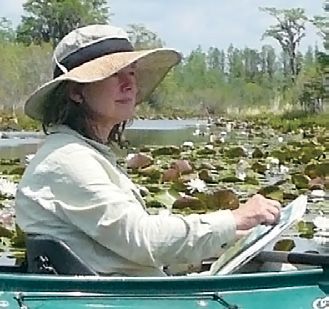Member Spotlight: Mesa Schumacher
My artist origin story takes a form I think is fairly common for scientific illustrators.
I grew up in Seattle with parents who didn’t study science, and knew little about art, but encouraged my interest in both. In our household, you could maintain a concentrated area of chaos in some corner by saying “don’t touch that, I’m in the middle of a project,” and my brothers and I usually each had several projects going at any given time, ranging from painting to rebuilding machines bought from the thrift store.
My family loved nature, and we enjoyed camping, hiking and outdoor sports. Travel was also a priority, and a few times during childhood we were pulled out of school for months at a time for “sabbaticals,” which profoundly impacted my goals for adult life.
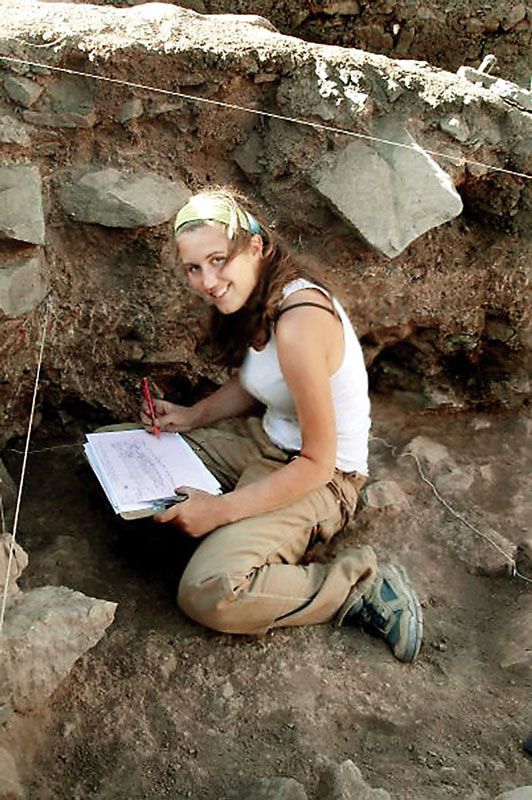
Drawing archaeological excavation profiles in Chavin de Huantar, Peru.
I think at heart I have always been a scientific illustrator. My mom saved crayon drawings with titles like “passenger pigeon, extinct bird” and a high school project comparing the morphology of the extinct primate Notharctus. Illustrations and Larry Gonick-inspired comic explanations were incorporated into every school notebook, and visual explanations were the way I learned to process information. In college, I finally realized that this obsession could become my career.
After my sophomore year studying science at Stanford, I was lucky to receive a scholarship to spend the summer at an archaeological dig in the Peruvian Andes. There I was taught how to illustrate lithic tools, a task in pen and ink where length and closeness of hatching communicated how deep impressions were on tools; something that photographs of shiny obsidian can’t capture.
I realized science visualization was necessary to communicating information, not just elective decoration, and I was hooked. I started soaking in any formal or informal study that could make me a better science artist. It was around this time I joined the GNSI, which has provided me with an amazing community of colleagues and friends, without many of whom my career would not be where it is today.
After college, I wanted to see the world, and I took a job in the kitchen at the South Pole Station in Antarctica. There I met my future husband, who quickly became my traveling companion, and we spent a few years wandering, and one teaching English in South Korea. These years were punctuated by summers working at archaeological dig sites, notably three years at Çatalhöyük in Turkey with illustrator Kathryn Killackey and doing some part-time science illustration for some clients remotely.
In 2011 I returned to the US to “get serious” about my career, and I spent a year in Seattle at the University of Washington Graduate Certificate program in Scientific Illustration, with fantastic instructors and a group of varied and enthusiastic students. I also took supplemental biology coursework and classical art courses at Gage Academy of Art in Seattle. The year after, we moved to DC, and I interned with Taina Litwak in entomological illustration at the Smithsonian National Museum of Natural History, and then in the National Geographic Magazine Art Department, where I fell in love with scientific editorial art, and the world of infographics.
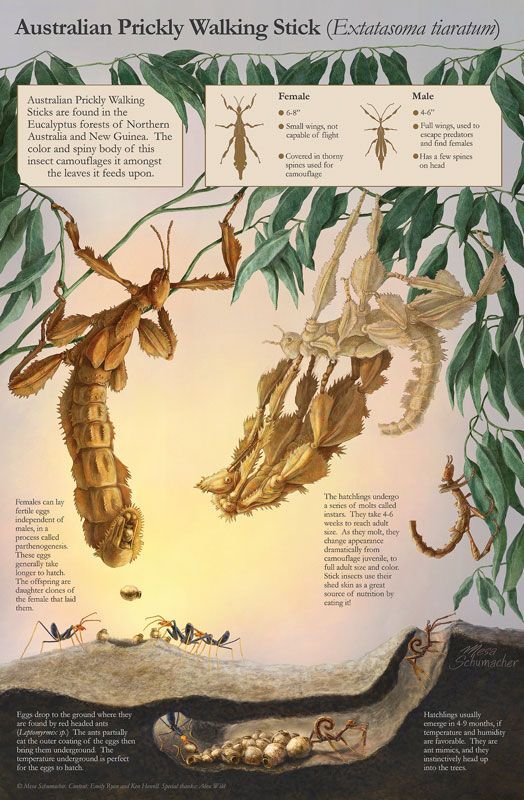
Giant Prickly walking stick poster completed during graduate school in collaboration with the National Aquarium. © Mesa Schumacher
At the end of the year, I had been accepted to the Medical and Biological Illustration Master’s Program at Johns Hopkins, and I had my first big illustration job, 65 fish in two months for National Geographic Books. My mom sent me some of my early work to congratulate me. It was a piece titled “different kinds of fishes” medium: crayon, from my preschool years. It sat on my desk as I worked day and night to meet my short deadline. It was good training for the following two exhausting but amazing years in Baltimore, where I learned traditional and digital media, and built skills in scientific visual storytelling and translation.
Upon graduating, fate and my husband’s good test scores forced me into freelance illustration under exciting circumstances. He had just entered the US Foreign Service and was posted as a diplomat to Guatemala. We were thrilled, as travel is a shared passion and this was the life we had hoped for. But I was also very nervous because I had hoped to spend a few years in a medical illustration studio, hospital, or museum before branching out on my own again full time.
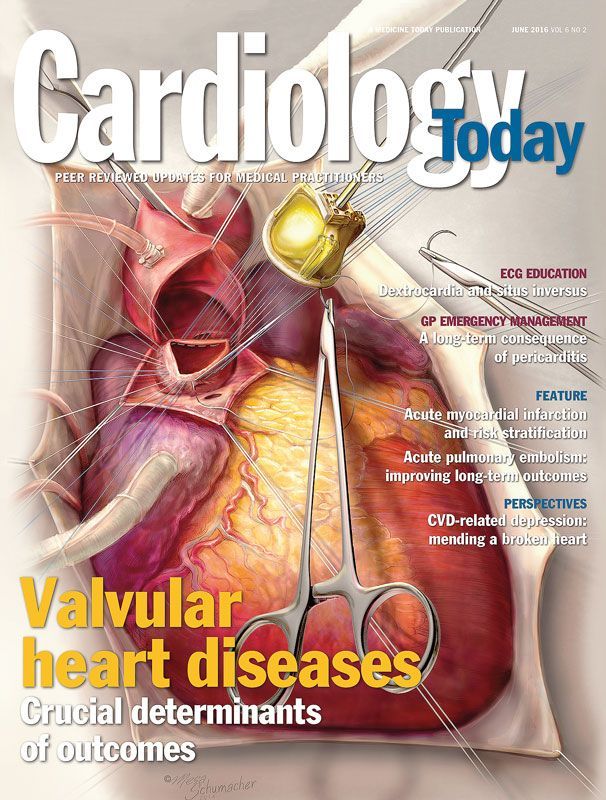
Cover of Cardiology Today depicting an aortic valve replacement surgery. © Mesa Schumacher
Though it has at times been difficult and tiring, three years into my life as an independent science artist, I am very glad this was the path I was forced to take. I have been involved in a wide variety of projects. Thus far, I’ve worked a lot for other popular science editorials, illustrated signs for the National Zoo, and work in illustration and animation for many research, clinical, and education clients.
I’ve also been able to continue my relationship with National Geographic, working as a researcher and sometimes artist. As someone who generally spends the day in her studio solo, it is nice to work with teams of talented people and amazing scientists on large-scale projects for a great platform. In the last year, I am very proud of my work on Pterosaurs (November 2017) a project with Editor Fernando Baptista, and Hummingbirds (June 2017) with Editor Monica Serrano, which were honored Gold for a magazine infographic, and Best of Show for a digital infographic respectively. Finding novel ways to approach subjects in popular science press that incorporate data, mapping, and art is always a challenge, and I feel I am constantly being pushed to improve my work.
In hopes of improving, I am constantly trying new things, which results in my not really having one style, but rather an overarching mission statement of communication that guides my work. I enjoy changing my stylistic approach or materials to create art that I think fits the needs and audience of my projects, experimentation that sometimes results in happy artistic accidents.
I was fortunate to start learning digital techniques early in my career and develop them as I improved my traditional art skills. I am passionate about the digital space, where media incompatible with the “real world” can come together to create interesting art. When I work digitally I often use a combination of software in my work, making some elements in 3D, digitally painting others, and sometimes using photography. For example, I love incorporating the digital sculpting program ZBrush into my work, and keeping libraries of watercolor, ink and paper scans to work into my illustrations to add a traditional touch. I’ve had some opportunities to share digital techniques with GNSI members in demos and talks, and hope to share more in the future, making digital tools more accessible to science artists.
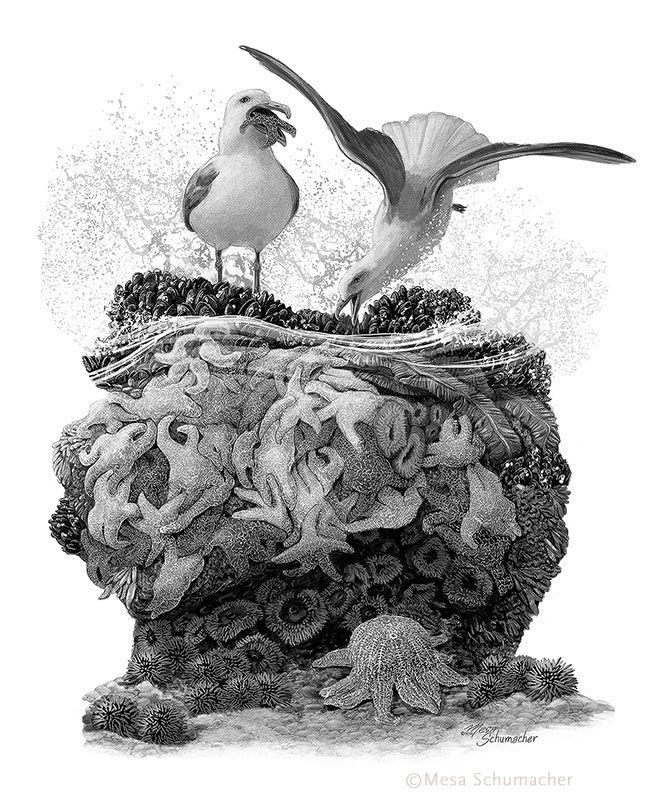
Pacific Northwest tidal zone featuring ochre sea stars (Pisaster ochraceus), their major predator and prey, glaucous gulls and pacific blue mussels. This piece was inspired by my childhood in Washington state nature. © Mesa Schumacher
Like many in this field, I am often asked if I see myself more as an artist or a scientist, and I believe I fall pretty close to the middle of the spectrum (if a “spectrum” exists). Science is what we observe, or what we can deduce. Art is the way I process what I see, what I know, and how I understand the world. It is how I communicate concepts and break down data and relationships between actors in nature. I actually think I’m a bit addicted to the process of illustration, and that were I to suddenly find myself independently wealthy, I’d keep working full weeks just to keep receiving new visual puzzles to solve.
I recently moved with my husband and young daughter to Kathmandu, Nepal where I continue to work in freelance science illustration and animation. We plan to be here two years, which is a long stay in a location for me, and I hope to take advantage of my relative settlement to pursue some sculpture and painting projects along with my (mostly digital) client projects. I am looking forward to the exciting natural world explorations my new location provides, with all sorts of landscape and ecosystems packed into one tiny country, there will be a lot to appreciate.
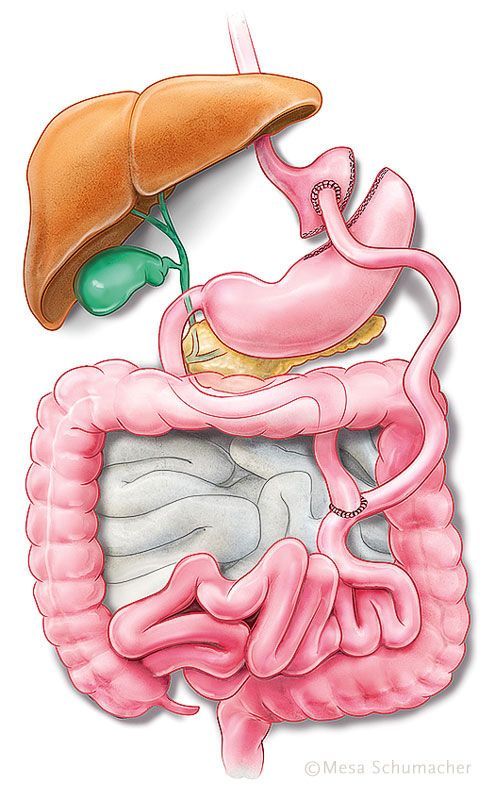
Roux-en-Y gastric bypass operation illustration for Scientific American Magazine (July 2017). © Mesa Schumacher
This article appears in the
Journal of Natural Science Illustration 2018, number 2.
